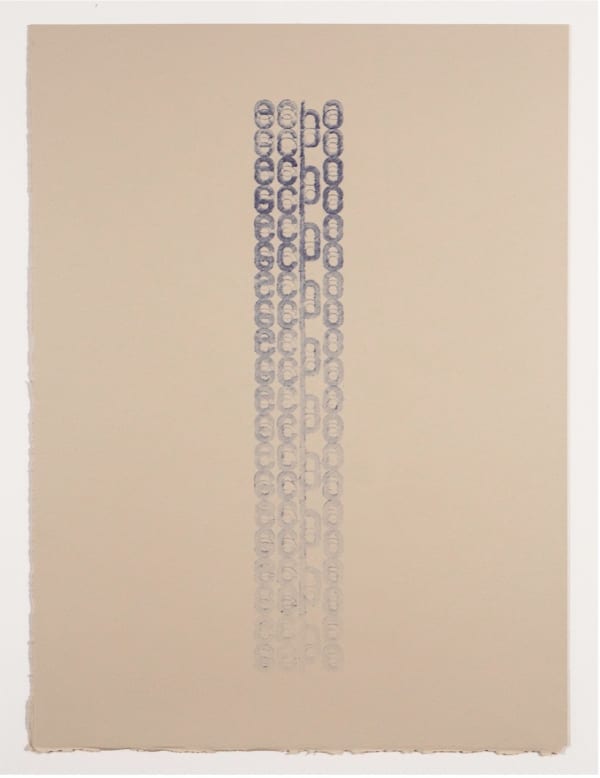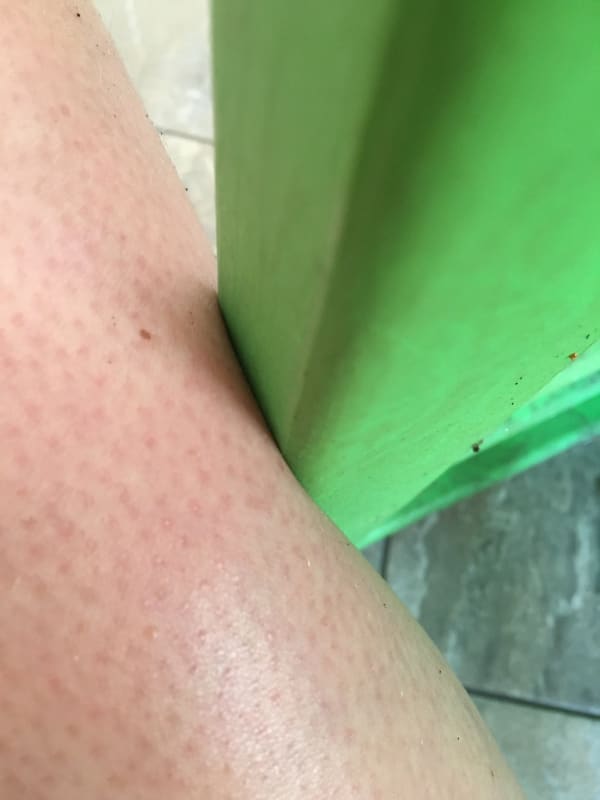-
Mothering: Editions
-
Artists taking part in Mothering have been invited to create exclusive limited-edition works as an extension to the exhibition, in partnership with Kupfer. These build further on Mothering's already-established themes of intersectional parenthood, fantasies, dreams, longings, and concerns, and the numerous forms that motherhood can take. This page spotlights editions by Ingrid Berthon-Moine, Joey Brynairska, Hoa Dung Clerget, Penelope Kupfer, Maria Konder, Harriette Meynell, and Lucia Pizzani.
You can find the artists' bios here.
-
Ingrid Berthon-Moine
Rein Dear, 2021A multidisciplanary artist, Berthon-Moine explores ideas of maternal failing, emotional exhaustion, and the daily challenges of motherhood through humorous, illustrative drawing. Her edition, Rein Dear, is a seasonal artwork, depicting the naked antlers of a male deer. According to the artist, an increased level of testosterone in stags leads to the shedding of the velvety antler covering, exposing the underlayer in time for mating season. The fleshy, raw, exposed qualities, as well as punny title, fall in line with the light-hearted yet truthful social commentary present in the artist's wider body of work. -
Joey Bryniarska
Bryniarska works primarily with text and photography to explore themes of memory, language, societal power dynamics, censorship, and bodily autonomy. In her print Echo, the words literally echo down the page and on top of themselves. She uses words, gestures, and phrases as stand-ins, dummies, or surrogates, for alternative meanings. She further focuses on certain rhetorical devices which address moments in which communication and intention has become unclear or ambivalent (yeah no, but hey). -
Hoa Dung Clerget
With Please Touch, Dung Clerget has chosen to separate the act of lactation from representation of the child. This allows the artist to refocus on the intimacy of the mother’s body. As a mother herself, she has a complex relationship with breastfeeding; it has caused a number of fears and questions to arise in her.
As part of Mothering, these soap breast were dotted between the exhibition and domestic spaces of the gallery. This allowed the artist to play with simultaneous depiction and occlusion of the grace of imperious femininity. In this way, her own personal concerns and experiences are blended with wider issues of historical censorship.
-
Lucia Pizzani
Pizzani took this photograph, entitled Terra (Portuguese for earth or land), in 2010, at Margarita Island, where her mother lived prior to emigrating to Spain due to the living crisis in Venezuela. Margarita Island is situated at the Cabo Negro peninsula, with vast sandy beaches. Pizzani's wider work also looks at her Venezuelan heritage.
-
Penelope Kupfer
This etching is a portrait of Kupfer's family cat, Moischa, who she calls the "fifth woman in [her] family" (after herself and her three daughters).
The colour choices are inspired by her favourite Brazillian oil paint makers, Joules & Joules; the title is taken from a pastel mixture made by them, also named 'Kids Kit'. Kupfer works across a wide variety of media, expanding her 'Hysterical Mum' series with ceramics and sculptural pieces, beyond the scope of painting and two-dimensional media.
-
Harriette Meynell
Meynell's prints are stills from her short film, Playing House, also exhibited as part of Mothering. The film, in her own words, consists of "small exposures of the underbelly of life", made up of short snippets of her day-to-day existence in the domestic strata, filmed on a readily-available, low-resolution phone camera.
The two editions have been selected for their colour and composition values, and the ways in which they accurately summarise the film's main concerns of humour, frustration, sexuality and claustraphobia, in just one frame.
-
Maria Konder
Konder's masks refer to Hecate, the triple headed goddess of the crossroads. They are the artist’s alternate self, referencing a quest for self-acceptance and an attempt to find peace with her own image. She redefines Hecate as her own self; she has created a series of these masks in multiple wax colours, forming and re-forming her own newly constructed image again and again.










